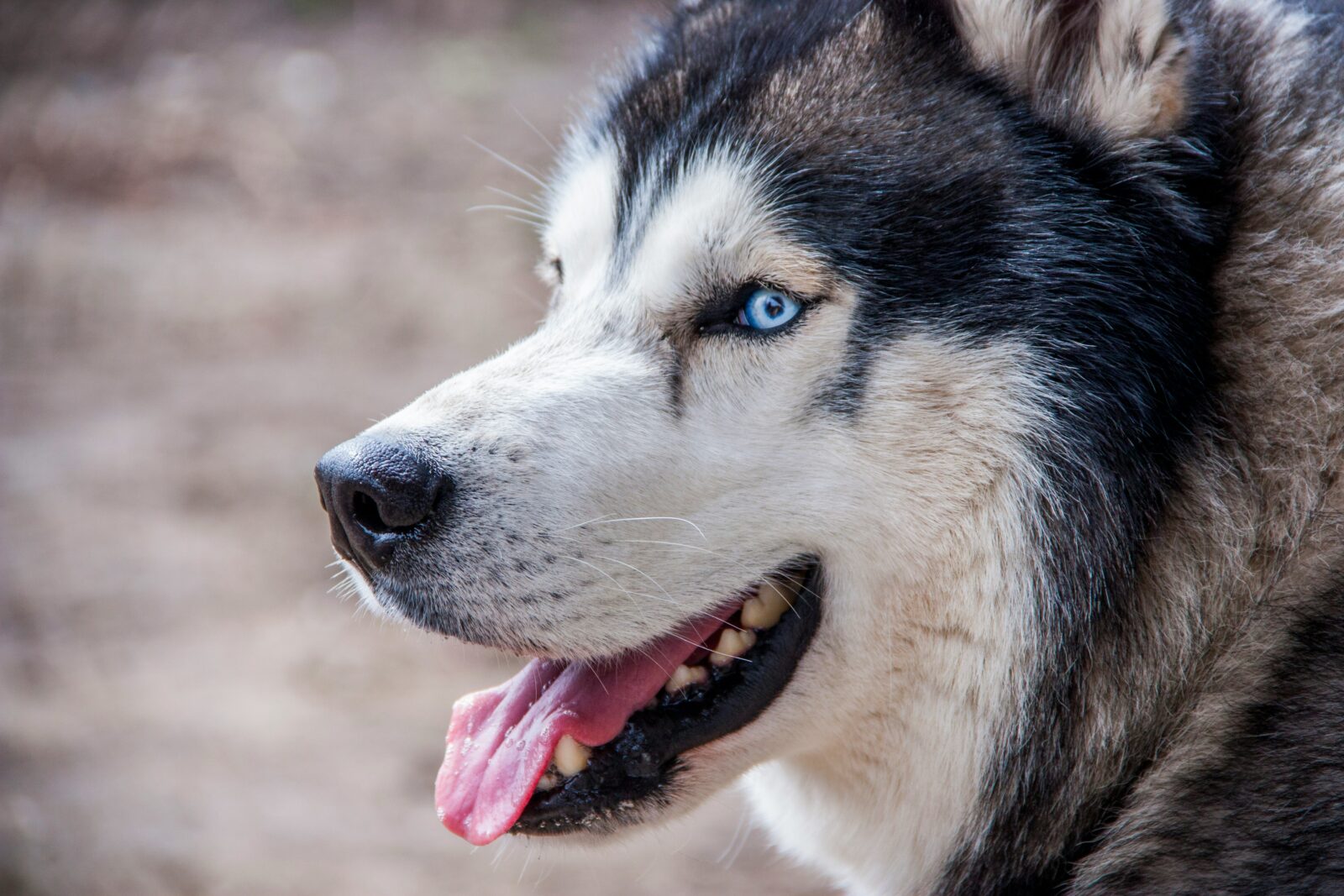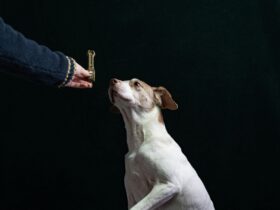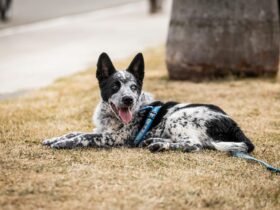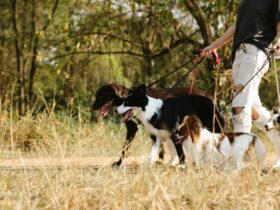Introduction: The Heartwarming Training Journey
Training a dog can be a deeply rewarding experience, but when it involves teaching a talkative and eager Husky to whisper, it becomes an extraordinary story. In this blog, we’ll explore the unique journey of a dedicated dog dad who managed to transform his vocal Husky’s loud barks into gentle whispers. This story not only highlights the bond between a dog and its owner but also offers valuable insights into creative training techniques.
1. Meet the Dog Dad and His Talkative Husky
A. The Dog Dad’s Background
- Who Is He?: An enthusiastic dog lover and experienced trainer who has dedicated his time to understanding and working with his Husky’s unique behavior.
- Training Philosophy: Emphasizes patience, positive reinforcement, and innovative training methods to achieve results.
B. The Talkative Husky
- Breed Characteristics: Huskies are known for their vocal nature and high energy. They are intelligent, social, and often use vocalizations to communicate.
- Behavior Issues: The Husky’s frequent barking and howling were both a challenge and a point of fascination for his owner.
2. Understanding the Challenge
A. Why Teach a Dog to Whisper?
- The Purpose: Teaching a dog to whisper can address excessive barking and create a more peaceful living environment.
- Benefits: Reduces noise levels, enhances communication, and strengthens the bond between the dog and owner.
B. Common Training Challenges
- Vocal Nature of Huskies: Huskies are naturally inclined to be vocal, making it challenging to modify their behavior.
- Training Patience: Requires consistent effort and creativity to change established behaviors.
3. Training Techniques Used
A. Establishing Clear Commands
- Introducing the Command: The dog dad began by introducing a new command associated with whispering. For instance, using a specific word like “whisper” while demonstrating the desired behavior.
- Consistency: Ensured that the command was used consistently during training sessions.
B. Positive Reinforcement
- Using Rewards: Employed treats, praise, and affection as rewards when the Husky responded correctly to the whisper command.
- Timing: Reinforced the behavior immediately after the Husky demonstrated whispering to create a strong association.
C. Gradual Desensitization
- Step-by-Step Approach: Started by reducing the volume of the Husky’s barking gradually. This involved rewarding quieter vocalizations and slowly decreasing the noise level.
- Incremental Changes: Introduced whispering in short, manageable training sessions to avoid overwhelming the dog.
4. Training Strategies and Tools
A. Vocal Cues and Body Language
- Using Visual Cues: The dog dad incorporated hand signals and body language to complement verbal commands, helping the Husky understand the desired behavior more clearly.
- Non-Verbal Communication: Used calming gestures to signal the transition from barking to whispering.
B. Clicker Training
- Introduction to Clicker Training: Employed a clicker to mark the moment the Husky whispered, followed by immediate rewards.
- Effectiveness: The clicker helped the Husky understand precisely what behavior was being rewarded.
C. Redirection Techniques
- Redirecting Barking: When the Husky barked excessively, the dog dad redirected attention to more appropriate behaviors and gradually introduced whispering as a replacement.
- Alternative Commands: Used alternative commands to manage barking and reinforce whispering.
5. The Results and Impact
A. Observing Changes
- Initial Progress: The dog dad noticed gradual improvements as the Husky began to reduce barking and respond to the whisper command.
- Final Outcome: The Husky successfully learned to whisper, creating a more harmonious environment and showcasing the effectiveness of innovative training methods.
B. Strengthening the Bond
- Enhanced Communication: The training process strengthened the bond between the dog dad and his Husky, improving their overall relationship.
- Mutual Trust: The Husky’s willingness to learn and the dog dad’s patience and dedication fostered a deeper level of trust and understanding.
6. Tips for Training Your Own Dog
A. Be Patient and Consistent
- Importance of Patience: Training takes time, and being patient is crucial for achieving desired results.
- Consistency in Commands: Consistent use of commands and rewards helps reinforce the behavior you want to encourage.
B. Use Positive Reinforcement
- Reward Good Behavior: Focus on rewarding desired behaviors rather than punishing unwanted ones. This encourages your dog to repeat the positive actions.
- Choose Effective Rewards: Use rewards that motivate your dog, whether they be treats, toys, or praise.
C. Tailor Training to Your Dog’s Needs
- Understand Your Dog: Every dog is unique, and training methods should be adapted to fit your dog’s personality and needs.
- Adjust Techniques: Be flexible and adjust your training approach based on your dog’s progress and responses.
Conclusion: A Remarkable Training Achievement
The story of this dog dad and his talkative Husky showcases the power of creative and patient training. By employing effective techniques and maintaining consistency, they transformed loud barking into gentle whispering, demonstrating the potential of innovative dog training methods. This journey not only highlights the bond between a dog and its owner but also serves as an inspiration for others looking to enhance their training experiences.











Leave a Reply